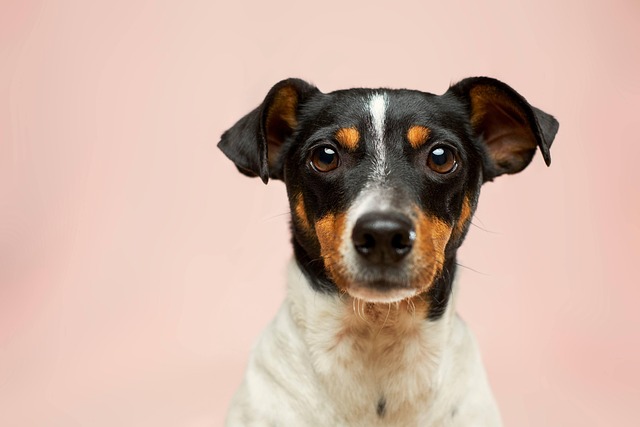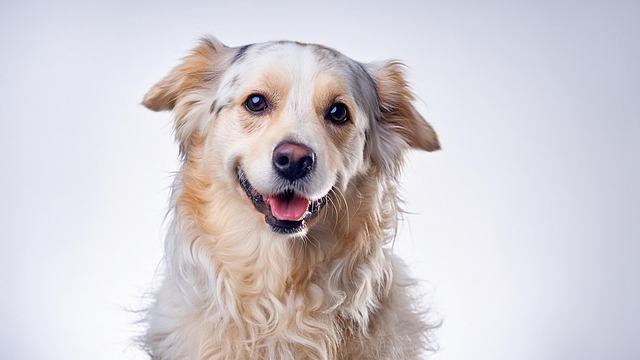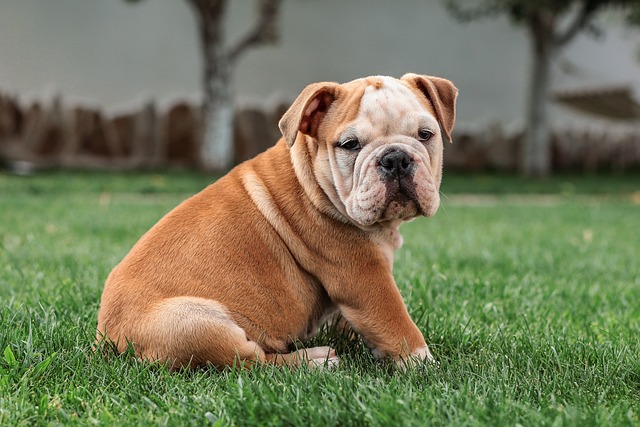Watching the dog scratching its body incessantly, rubbing back and forth on the ground, its originally smooth fur becoming messy and even developing scratches, as the owner, the worry and distress in our hearts well up like surging tides and are hard to subside. Dogs can't speak and can only express their physical discomfort in this way. Its anxious appearance seems to be sending us an urgent distress signal. How to stop the dog's uncontrollable itching has become an urgent problem we want to solve. This not only requires us to master professional pet medical knowledge but also to pour in endless love and patience. We are eager to find effective ways to help the dog get rid of the torture of itching and regain its former comfort and happiness.
To stop the dog's itching, we first need to explore the root cause behind it. Parasitic infections are one of the common causes of a dog's itching. External parasites such as fleas and ticks will cling tightly to the dog's skin and suck blood by biting. Substances in their saliva can irritate the dog's skin, causing intense itching. Just imagine countless tiny "invaders" rampaging among the dog's fur. Each bite is like igniting a small flame on the surface of the skin. How can the dog not feel uncomfortable? And mite infections, such as scabies mites and demodex mites, parasitize on the surface of the dog's skin or in the hair follicles, damaging the skin tissue structure and causing erythema and papules, and the itching follows. When we find the dog scratching a certain part frequently, and see small red spots or scabs on the skin after parting the fur, we feel full of self-blame and regret for not discovering the harm these "little devils" cause to the dog in time.
Allergies are also an important factor triggering a dog's itching. There are many allergens for dogs, such as beef, milk, and grains in food, pollen, dust mites, and mold in the environment, and even certain plastic products and detergents that the dog comes into contact with, all of which may become allergens. When the dog comes into contact with these allergens, the immune system will regard them as "enemies" and trigger an allergic reaction. As the largest organ of the body, the skin is the first to be affected, showing symptoms such as redness, swelling, and itching. Watching the dog scratching continuously due to allergies, and even scratching the skin until it oozes tissue fluid, we feel deeply distressed and wish we could bear the pain for it. We are eager to identify the allergen and keep it away from the trouble of allergies.

Skin diseases can also trap the dog in the dilemma of itching. Bacterial infections can cause inflammation on the dog's skin, resulting in pustules and scabs, accompanied by intense itching. Fungal infections, such as common ringworm infections, can make the dog's skin develop round or oval hair loss patches, and the itching is unbearable. Some dogs, due to abnormal immune systems, suffer from specific dermatitis, seborrheic dermatitis, etc. These diseases not only make the dog's skin condition worse but also keep the itching company. Every time we see the dog fidgeting due to skin diseases, we are extremely anxious and eager to find a cure to restore its skin to health.
Once we find the cause of the itching, we need to take targeted measures. For parasitic infections, regular deworming is the key. External deworming can be done using drops or sprays. Apply the medicine to parts such as the back of the dog's neck, allowing the medicine to be absorbed through the skin to kill fleas and ticks. For internal deworming, choose an appropriate dose of deworming medicine according to the dog's weight and feed it. During the deworming process, seeing the dog cooperate obediently, we feel relieved and hope these medicines can eliminate all the parasites and give the dog a comfortable body. At the same time, regularly clean the dog's living environment, wash and disinfect the dog's kennel, toys, etc., to prevent parasites from breeding in the environment and reinfecting the dog.
If the itching is caused by allergies, identifying and staying away from the allergen is the top priority. Carefully observe the dog's daily life details or use allergen testing in a pet hospital to find out the allergenic substances. If it's a food allergy, change the dog's hypoallergenic prescription food and avoid feeding foods containing allergens. For inhaled allergens, reduce the dog's outdoor activities during the pollen season, keep the indoor environment clean, and use an air purifier. In the case of contact allergies, replace the dog's daily supplies and choose mild and non-irritating products. In this process, we are like detectives, carefully checking every possible allergen, all for the purpose of making the dog stop itching due to allergies.
For skin diseases, treatment should be carried out under the guidance of a veterinarian. For bacterial infections, antibiotic ointments or oral antibiotics may be needed to eliminate the inflammation. For fungal infections, antifungal drugs such as ketoconazole can be used to inhibit the growth of fungi. When applying ointments or giving medicine to the dog, it may resist due to discomfort. We can only soothe it softly and operate patiently. Every treatment is filled with the expectation of its recovery. At the same time, keep the dog's skin clean and dry to prevent the condition from worsening.
In addition to these treatments for the causes, daily care can also help relieve the dog's itching. When bathing the dog, choose a mild pet-specific bath lotion and avoid using human bath products because their pH may not be suitable for the dog's skin. Don't bathe the dog too frequently as excessive bathing can disrupt the oil balance of the skin and aggravate the itching. After bathing, dry the fur thoroughly as a humid environment is prone to the growth of bacteria and fungi. You can also put an Elizabethan collar on the dog to prevent it from scratching and licking the itchy area and avoid more serious infections caused by skin damage. Watching the dog with an Elizabethan collar, although it is a bit inconvenient to move, at least it stops hurting itself, and we feel somewhat relieved.
Stopping the dog's uncontrollable itching is a "battle" that requires patience and professional knowledge. From exploring the cause to taking treatment measures, from daily care to careful observation, every link embodies our deep love for the dog. One day, when we see the dog no longer troubled by itching, able to rest quietly and run and play happily, all our efforts and sacrifices turn into full happiness and satisfaction. Because in our hearts, the dog has long been an indispensable member of the family. Their health and happiness are worthy of our protection of every detail with professional knowledge and endless love and accompanying them through every comfortable and wonderful day.






